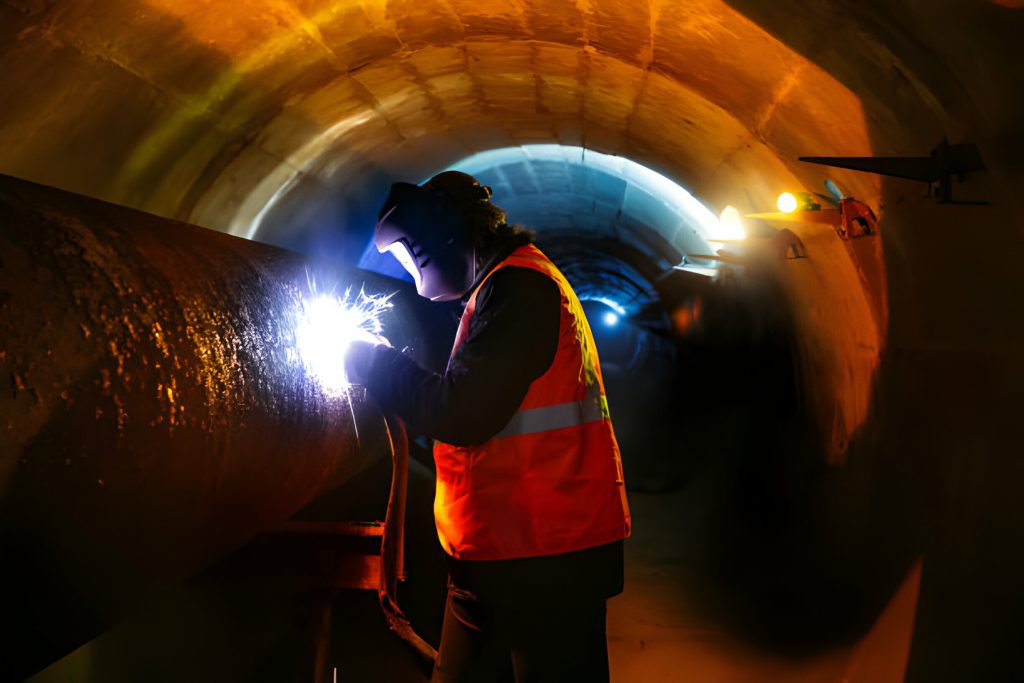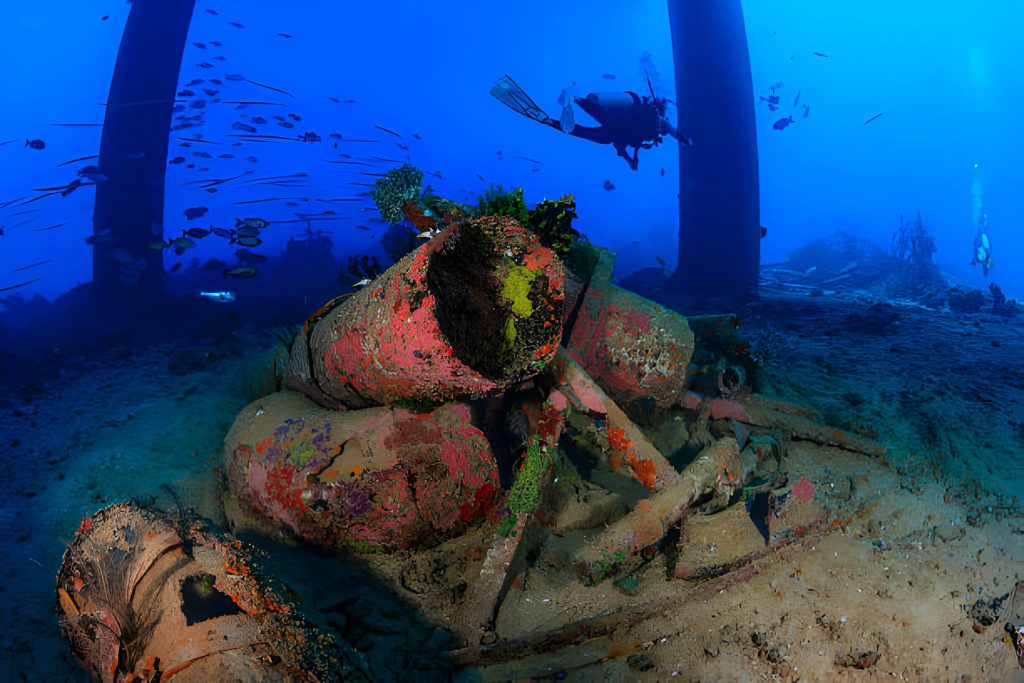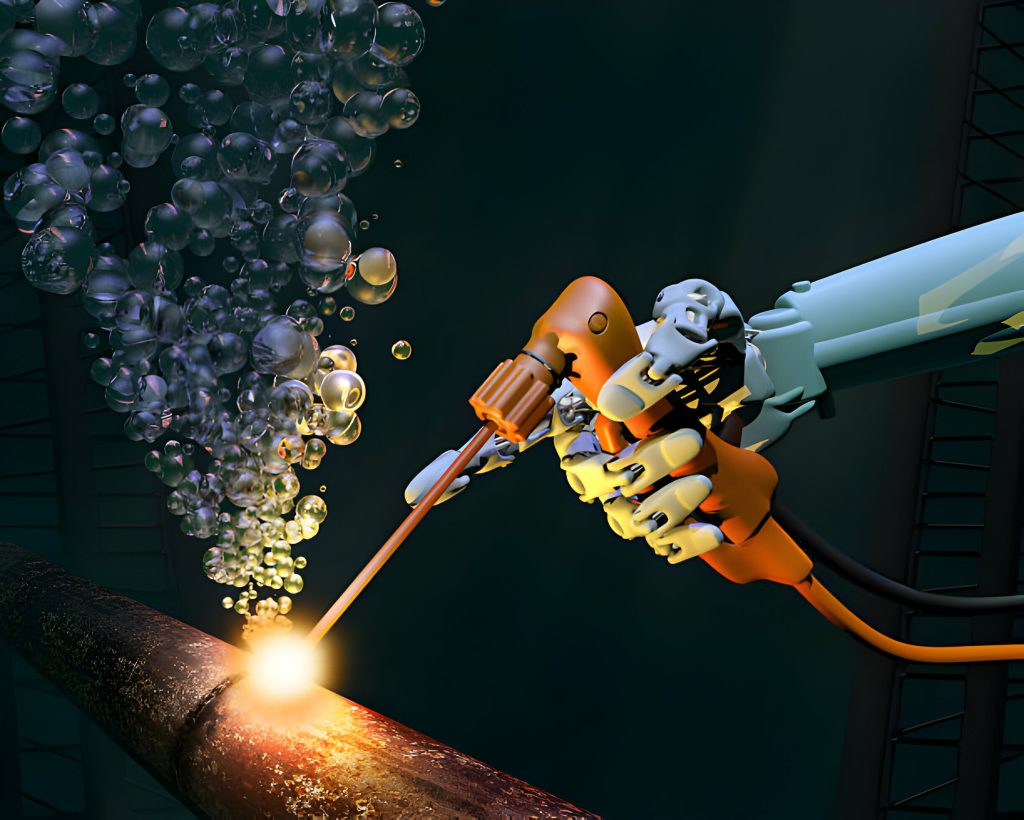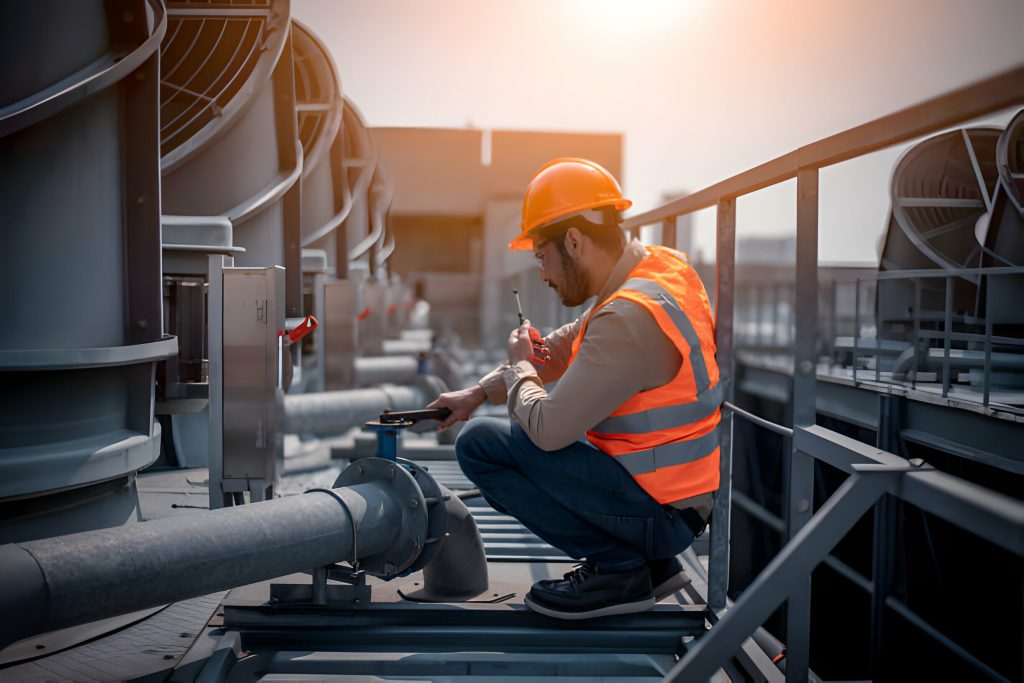
Gravity Foundations
Gravity foundations are massive structures, usually made of concrete, that rely on their weight to stay stable on the seabed. Unlike pile foundations, gravity foundations do not penetrate the seabed; instead, they remain stable due to their sheer weight.

![[GetPaidStock.com]-65e0457d63ee1 [GetPaidStock.com]-65e0457d63ee1](https://onion-shop.com/wp-content/uploads/2024/10/GetPaidStock.com-65e0457d63ee1.jpg)


